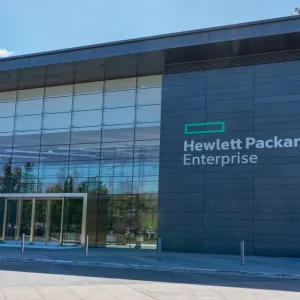If you’re lucky the summer includes long nights, exotic trips and days spent at the beach. For those left behind in the office, it’s another story: hot commutes, working on the move and, of course, handovers. Contrary to popular belief the summer is business as usual.
However, lower staffing levels and absences make the summer months a tough time for businesses to keep productivity high. A new way of working is needed to support maximum productivity and flexibility for the workforce left behind.
Today’s modern, mobile workforce rely on just that; their mobiles. To embrace this mobile enabled world, and the business benefits that come with it, organisations can’t rely on out-dated legacy infrastructure. They need to provide staff with innovative technology that makes their lives easier.
In fact, to achieve ultimate workforce mobility, organisations need to take a step further to de-centralise processes and ensure employees can be productive from their mobiles, whilst they’re on the go.
For example, if you are working away, the need for customer information, sales collateral and business material is often urgent. At the same time, access to in office tools and applications is imperative to keeping productivity high. Employees cannot be weighed down waiting for network connection that will not work, or a server access issue that will never be resolved.
They might even need to collect customer and payment information in real-time, both online and offline. Businesses need to support these activities to make the most of the mobile workforce and the data that comes with them.
The velocity, volume and variety of data at play, from workers across the country, show the incredible potential of mobile working. However, to enable productivity, businesses need an innovative infrastructure that will allow for growth and support the evolving needs of the workforce.
The key will be the usability of a company’s business enablement apps. Not only do these apps need to be agile and responsive but they also need to be engineered to provide fast and consistent access to data. For example, providing workers on the move with access to their data any time, anywhere (regardless of network connection).
This is where non-relational (NoSQL) databases come into play. This new, disruptive database technology provides users with a scalable database solution with flexible data model, offline capabilities and other features that can support any company’s desire to keep productivity high throughout the year.
This is opposed to the relational database. Relational databases are almost 50 years old, generally speaking they cannot cope with the growing volume and variety of data used by business, not to mention their lack of support for today’s flexible and mobile workforce.
With nearly 3 billion people connected to the internet, and almost every business being online in some form or another, demands on web applications have exploded. NoSQL is geared to support concurrent users online, as well as the data trails that are left behind. Additionally, NoSQL technology supports users with agility and incredible scalability to support their evolving data needs.
For a business searching for optimum productivity during the height of distraction, NoSQL can deliver a future proof, competitive edge. Choosing the right database to support staff during this busy period, and for the rest of the year, allows everyone to focus on the job in hand – not their data, not their connection and not their need to "just stop by the office".






